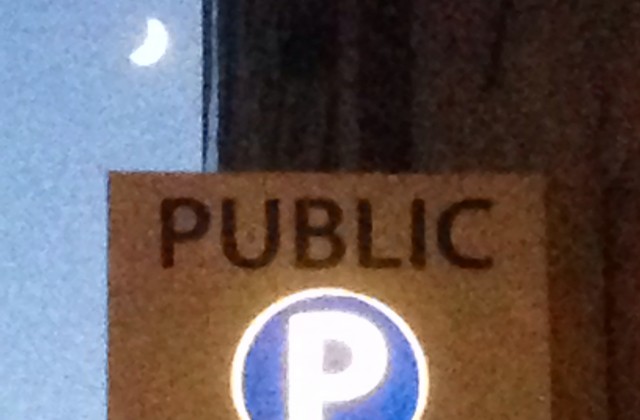Most Promising HALA Recommendation: On-Street Parking Reform
Buried deep in the HALA document are a pair of recommendations that could, if pursued, really effect neighborhoods where new infill development and parking politics collide. By awarding recommendations “OP1 Create a parking benefit district and ‘cap and trade’ demonstration/pilot program“ and “OP2 Explore revising the Restricted Parking Zone (RPZ) program” as the most promising from the HALA report, I hope to give attention to the neat tools and ideas that address this contentious issue.
So what is the issue? When new infill development or upzoning happens it often does so in mixed-use or residential areas. Those already living in these areas might feel upset, or worse, threatened by the influx of new residents because new vehicles saturate “their” on-street parking; which many fiercely and enthusiastically feel is their property right. Historically, when this privilege is under attack by way of new housing development, there has often been a well-coordinated neighborhood coalition pushing back and sometimes this has been sufficient to derail the housing development completely.
As I read it, these two recommendations would work hand-in-hand to appease neighborhood residents and developers. Here is how they should work.
OP1 Create a parking benefit district and “cap and trade” demonstration/pilot program: The introduction of parking meters to a parking benefit district would mean selected neighborhood curb spaces are metered for all visitors while residents continue to get on-street parking permits. The “cap and trade” means the city will no longer keep giving parking permits for all new comers but rather cap the total to a finite number of residents. Residents have a choice to use this permit for their own vehicle or trade it for a payment.
OP2 Explore revising the Restricted Parking Zone Program: RPZ was created to “help ease parking congestion in residential neighborhoods surrounded by major traffic generators like hospitals and universities, while balancing the needs of all people to be able to use the public streets.” This recommendation aims to reform the City’s 31 RPZ zones in two ways; 1) Increase the pricing of residential on-street parking permits and 2) Decrease the supply of on-street parking permits.
Such Instituting Parking Benefit Districts appeal to both residents and developers. Residents, who already have a permit, benefit from visitors to these districts who spend their money in local businesses and pay for parking; this, of course, assumes that profits from businesses and parking fees are cycled back to residents in the form of improved amenities and services such as sidewalk repairs. Nevertheless, this is an incentive for development if the new development gives people reason to visit!
Recommendation OP2 that aims to revise Seattle’s permit-market in RPZs is directly linked to the “cap and trade” program in recommendation OP1. By limiting the permit supply in each of the 31 RPZ areas and simultaneously increasing the price from a measly $32.50 per year, the permits suddenly become much more valuable. A private trading market would essentially decide how valuable, but new development means new residents. That accompanying demand means higher value, potential for greater return on trading, and some might even sell their car! By having a cap residents use alternative modes of transportation, developers don’t have to build on-site parking, which is an expense usually passed onto occupants of the properties. What’s not to like about a parking-trading-market that gives people incentive to sell their permit and travel around the city in more environmentally responsible ways?
Working in tandem, these recommendations deliver on multiple fronts; they are environmentally friendly because they create market incentives for people to choose alternatives to the car, they are affordable because only those who want parking will pay for it, and they bring more housing and transit oriented development. Thirty-one RPZ zones is a lot of curb real estate, the sooner the pilot gets under way the sooner the City is likely to start reaping benefits.


